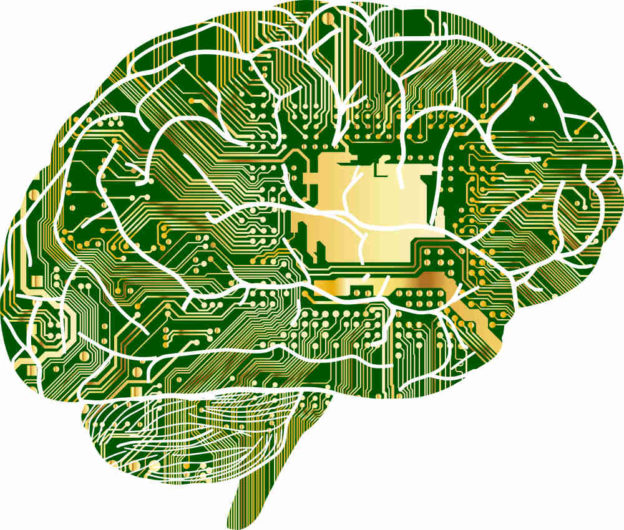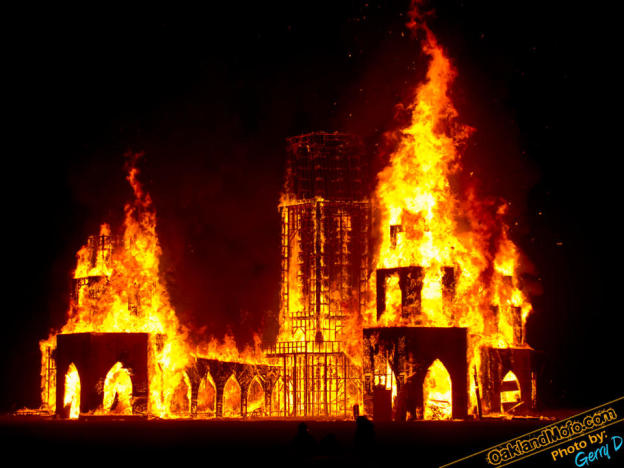When considering my personal goals for our celebrations of reality, I’m caught considering the nature of what exactly it is that we are celebrating, as well as questioning the limitations I find myself getting stuck in.
When considering the limitations that present themselves, I find myself coming to a line, and wondering how far past that line I can push myself to go.
Pondering this line in the sand led me to consider the concept of duality within reality as a whole.
I first began thinking on the topic of ego and ego death, and the concept of the constant death and rebirth of the ego in my everyday life.
I often strive towards this state of “ego death,” and I find that the moments of pure truth and beauty that I witness, (which I feel are generally my main goals for these celebrations), mostly come from within that state of egoless objectivity.
But, we often live in the in-between. The ‘bardo’ state — bouncing between these moments, and the more subjective, ego enacted moments that allow us to: form thoughts, consider the future and work our way through social constructs.
In the essay Being and Nothingness, philosopher Jean-Paul Sartre writes on the topic of objectivity and subjectivity. He talks of how the mere possible presence of another person causes one to look at oneself as an object and see one’s world as it appears to the other.
He speaks of how this transformation is most clear “when one sees a mannequin that one confuses for a real person.”
While you believe it is a person, your world is transformed. During this time you can no longer have total subjectivity. The world is now the other person’s world, a foreign world that no longer comes from the self, but from the other. The other person is a “threat to the order and arrangement of your whole world…Your world is suddenly haunted by the Other’s values, over which you have no control.”
When you realize it is a mannequin, and is not subjective, the world seems to transfer back, and you’re again in the center of a universe.
Ken Wilber takes these concepts to the next level by studying and categorizing ideas in terms of their nature as a holon, a term deriving from the writings of Arthur Koestler.
He observed that it seems every entity and concept shares a dual role: being both an autonomous, self-reliant unit (whole entity) unto itself, and also a part of one (or more) other wholes.
Consider that a cell in an organism is both a whole as a cell and and at the same time a part of another whole – the organism.
Likewise a letter is a self-existing entity and simultaneously an integral part of a word, which then is part of a sentence, which is part of a paragraph, which is part of a page; and so on. Everything from quarks to matter to energy to ideas can be looked at in this way.
He then organizes how we as humans act as wholons; as parts, into quadrants:
“I”
Subjective Individual
Intentional |
“It”
Objective Individual
Behavioral |
“We”
Subjective Collective
Cultural |
“Its”
Objective Collective
Social |
According to Wilber, this means that multiple viewpoints are inherent in the nature of wholons and each of the four approaches has a valid perspective to offer.
Wilber states that it is important to consider all four perspectives since all are needed for real appreciation of a matter. To collapse them all or dismiss one of them is often a serious mistake.
Wilber then describes his AQAL (All Quadrants All Levels) theory which also considers:
Multiple lines of intelligence including: Cognitive, ethical, aesthetic, spiritual, kinesthetic, affective, musical, spatial, logical-mathematical, karmic, etc.
Levels or stages of development including: cognitive development, moral development, hierarchy of needs, psychosocial development, ego development etc.
States: This refers to those aspects of consciousness that are usually, without specific training, temporary, experiential, and often implicitly or unconsciously experienced. E.g. waking, dreaming, and sleeping.
States can also refer to exogenous or induced states, which are intentionally generated from exterior influences; such as psychedelics and other drugs, or situational induced states, such as hypnotherapy or guided imagery.
Types: For example, masculine/feminine.
Bringing this back around to the point at hand, it seems when wondering what we can personally do to contribute to these celebrations, that if we can pull inspiration from all dimensions of reality… we can accomplish almost anything.
Nebraska Thunderfuck XoXo





